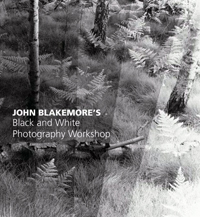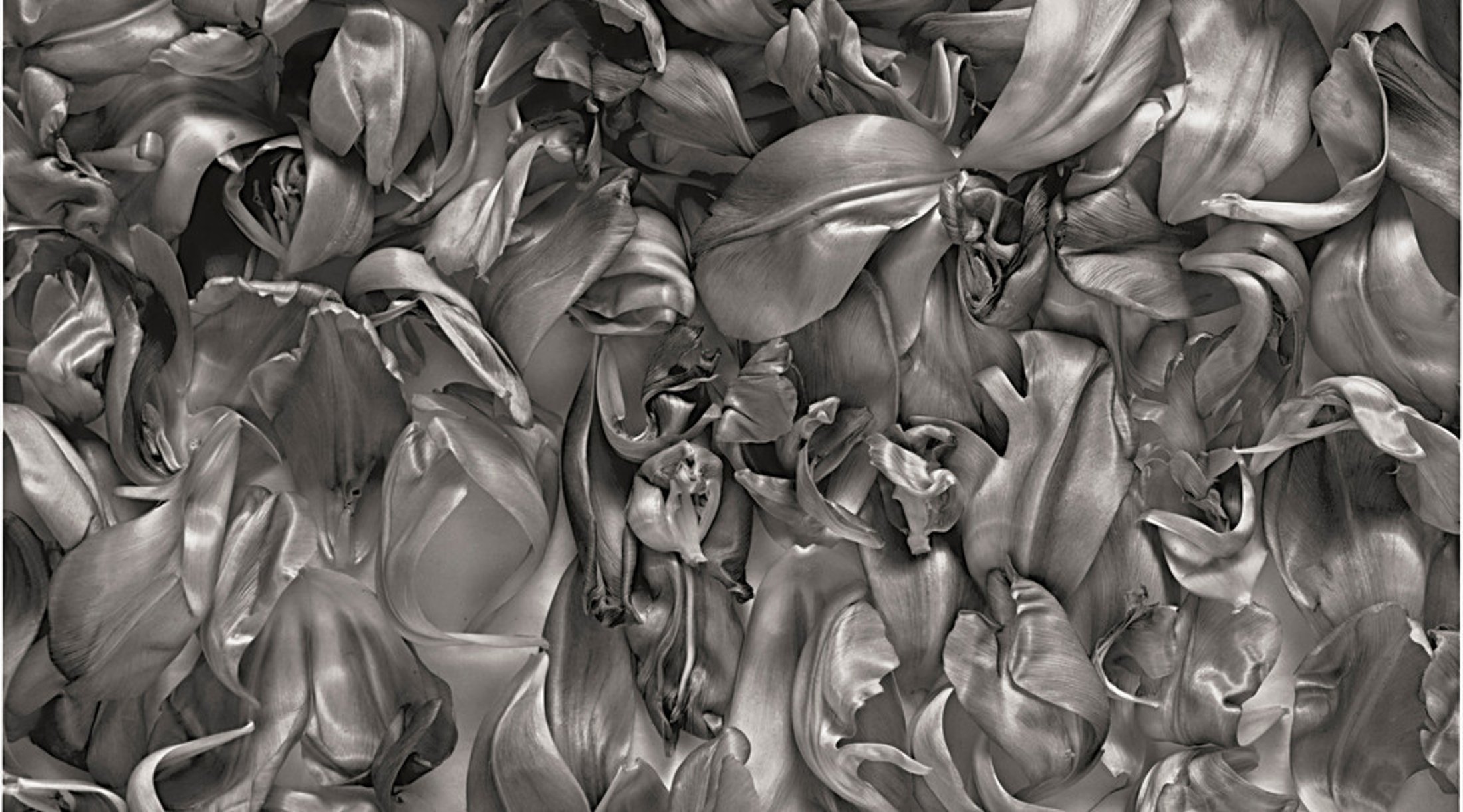John Blakemore is a master photographer
and printer from Great Britain, who has been practicing his art since
1956. Renowned for his richly detailed and nuanced landscapes and still-lifes,
he has influenced generations of photographers through his classes at
the University of Derby as well as countless workshops. Students and fellow
photographers often acknowledge that Blakemore has “enriched their
lives beyond compare.”
We met at the Rhubarb-Rhubarb photography festival in Birmingham, UK,
and talked for a long pleasant time about his career in photography, nine
years of creating still-life images of tulips, the paradox of the “subject”
of a photo, his process of working and re-working, and his fascination
with the subtleties of print tonality.
His new book, John Blakemore’s Black and White Photography Workshop,
is an articulate distillation of his teaching and workshops over the past
30 years. It is a remarkable resource not only for technical processes
with the camera and in the darkroom, but also a very thoughtful philosophical
examination of the creative process and photography itself.
Here is an example of Blakemore’s thoughtful eloquence in words,
from his latest book,
John Blakemore’s Black and White Photography
Workshop
:
What Kind of Journey?
“It only remains now to reconsider the images that were made during
a period in which I photographed tulips so assiduously; to question the
nature of the tulip journey.
“At the conclusion of any extended piece of work, one inevitably
questions the results. What have I learned during this journey? What has
this intense period of activity been about?
“I learned little about tulips, not much – less perhaps than
I could have learned in a few afternoons at the library. My search then
was not a botanical one, nor, though I learned a little history (I hadn’t
previously known of the period characterized as ‘tulipomania’),
a historical one. I looked at images that might not otherwise have engaged
my attention – obscure flower paintings, botanical illustrations
– not however, as an art historian but as an image-maker seeking
ideas and correspondences.
“The tulip journey, then was ultimately a visual journey, an investigation
and discovery of visual possibilities. The tulip became an object of attention
and fascination. It became both text and pretext for an activity of picture-making.
The photographs are not finally, or not primarily, about tulips: they
contain tulips. To say this is not to diminish the role of the tulip.
Had the vase of flowers on the table when I made the first tentative exposures
exploring the space of my kitchen been, let’s say daffodils, then
the journey, if it had ever begun, would in all probability have been
shorter.
“The daffodil, although it is a delightful flower, exhibits a stubborn
rigidity of form; it lives and dies at attention. The tulip, however,
is a flower of constant metamorphosis; it stretches towards the light
and gestures to occupy the space.
“I spent much time just contemplating the flowers, with the camera
far from my thoughts. I delighted in the tulips’ voluptuous presence.
Such periods of contemplation, of visual pleasure, are always a necessary
part of my work process. It is a deepening of my experience of, and of
my relationship to, my subject.
“One cannot photograph experience, but to have lived it can change
and develop habitual ways of seeing and of knowing.”

Another spectacular book, The Stilled Gaze, is out-of-print but
well worth the search.




